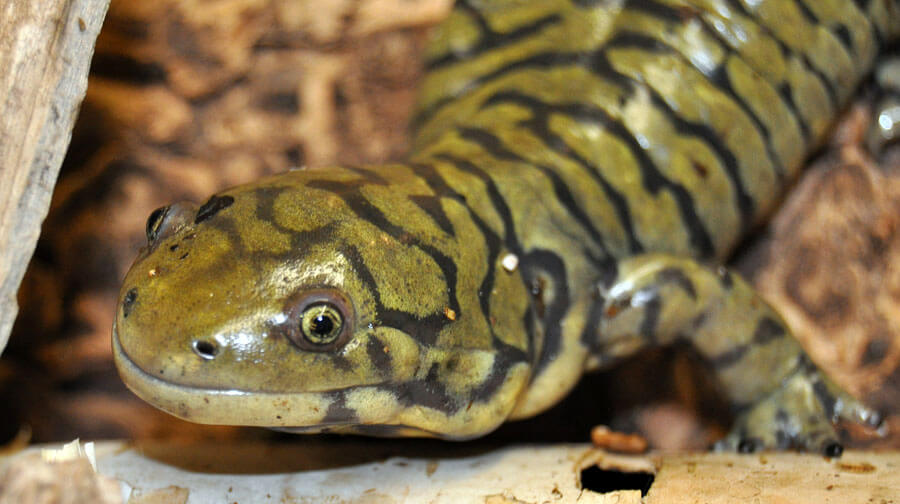Salamander’s Completely Sequenced Genome Throws Light on its Regenerative Capabilities
Salamanders are such cool guys in addition to being mighty interesting, attributable to their regeneration capabilities.
Thinkers from Aristotle to Voltaire and Charles Darwin have been fascinated by salamander regeneration, though they barely understood it. But only in the last few decades have scientists been able to study the phenomenon at high resolution.
If a salamander gets into a fight, it may surrender its tail to the enemy as a defence mechanism as found by a recent study- smart, I would say- after all, in a few weeks time, it can grow a new one.

Now, researchers at the Karolinska Institutet have managed to sequence the giant genome of a salamander, the Iberian ribbed newt, which is a full six times greater than the human genome. Amongst the early findings is a family of genes that can provide clues to the unique ability of salamanders to rebuild complex tissue, even body parts.
“Among tetrapods, salamanders, such as newts and axolotls, display the largest regenerative repertoire. A newt can rebuild entire limbs, tails, jaws, cardiac muscle, ocular tissues, and restore central nervous system tissues including brain structures,” said Karolinska Institutet’s Professor András Simon and co-authors.
“However, major differences exist even among salamanders. In contrast to axolotls, newts undergo metamorphosis, have a broader regeneration spectrum and mobilize additional cell sources for regeneration of the same body part.”
While researchers believe the stem cell microRNA genes are important, they alone can’t explain the newt’s regenerative qualities. It’s likely to genes interact with other more common genes to control regeneration.
The sequencing of the newt’s genome was made possible by technological advances. Until recently, sequencing such a massive genome would have proved a near impossible task.
“It’s only now that the technology is available to handle such a large genome,” says Professor Simon. “The sequencing per se doesn’t take that long – it’s recreating the genome from the sequences that’s so time consuming.”
“We all realised how challenging it was going to be,” recounts first author Ahmed Elewa, postdoctoral fellow at the same department. “But the very fact that it was such a challenge made it all the more exciting.”
Their investigations could yield insights useful to the treatment of neurodegenerative disorders and other human diseases.
“We showed ten years ago that salamanders can recreate all the cells that die in Parkinson’s disease in the space of four weeks,” said Simon. “We can now delve deeply into the molecular processes underlying this ability. Although we’re doing basic research, our findings can hopefully lead to the development of new regenerative strategies for humans.“























